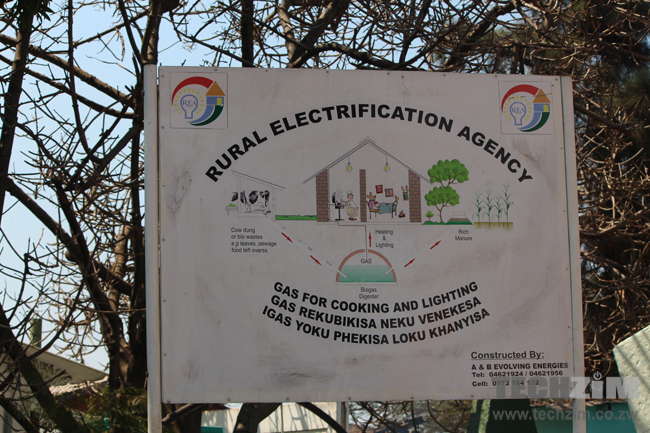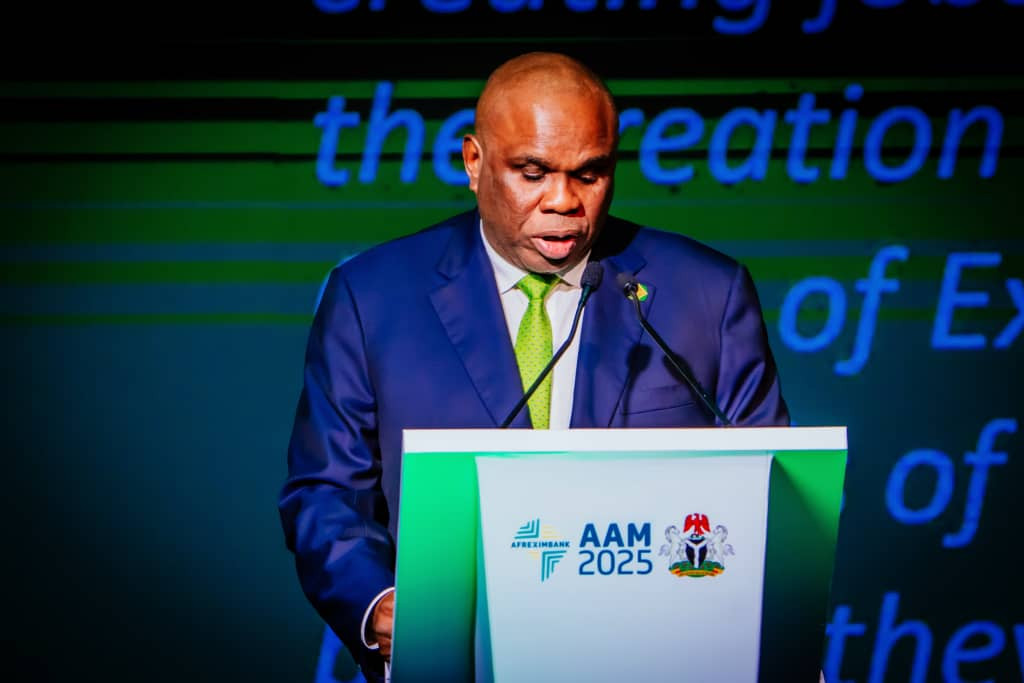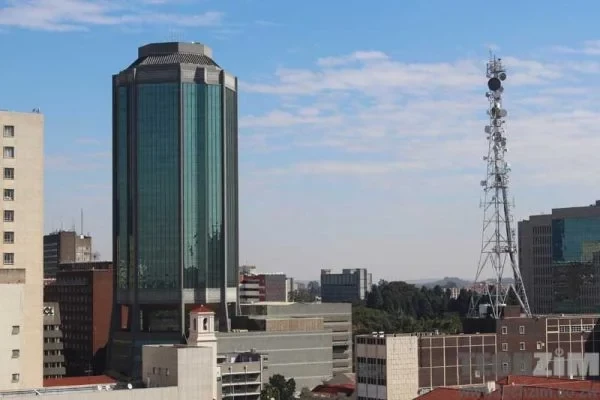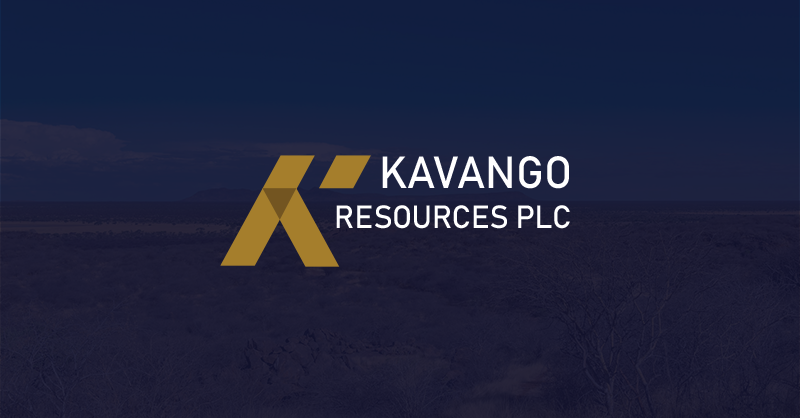
MTHANDAZO NYONI THE Rural Electrification Agency (REA) is targeting to electrify 370 grid projects around the country this year at an estimated cost of ZW$2,5 billion (about US$15,7 million), the parastatal’s spokesperson Johannes Nyamayedenga told businessdigest.
Nyamayedenga said on Tuesday during a tour of REA’s stand at the Zimbabwe International Trade Fair (ZITF) that the aim was to transform communities and ease the load on the national energy grid.
The exhibition kicked off in Bulawayo on Tuesday, and will end this weekend.
Rural electrification projects are also expected to reduce deforestation.
“In 2022, the target is to electrify 370 grid projects and the estimated cost is ZW$2,5 billion. So far, since January we have already completed 60 projects. Some are still in progress in various provinces,” he said.
Last year, the parastatal had targeted to electrify 430 projects but they managed to complete 233.
“As for biogas, we set aside a budget of ZW$59 million (about US$371 000) to build 24 biogas digesters countrywide, three per province,” Nyamayedenga said.
“These are institutional biogas digesters. We build these biogas digesters in areas where there is waste like at a boarding school or rural hospital. So, eight are already under construction meaning each province has got one biodigester.
- Chamisa under fire over US$120K donation
- Mavhunga puts DeMbare into Chibuku quarterfinals
- Pension funds bet on Cabora Bassa oilfields
- Councils defy govt fire tender directive
Keep Reading
“As for solar, we do mini-grid solar systems with five to 15KW (kilowatts). These are also institutional solar systems. We put these in areas far away from grid networks.
“For solar, there is ZW$16,1 million (about US$100 000) and we want to build 16 of them, which means two per province,” he added.
Nyamayedenga said work was being affected by inflation. In March, annual inflation reached 72,7%, before rising to 96% this month, according to official statistics.
“We are transforming the rural communities,” he said.
The organisation is collecting a 6% levy from every consumer, who buys electricity.
The provinces where these projects have been undertaken, include, Manicaland, Mashonaland Central, Mashonaland East, Mashonaland West, Masvingo, Midlands, Matabeleland North and Matabeleland South. The programmes are not to be implemented in Harare and Bulawayo metropolitan provinces.
REA is a subsidiary of the country’s power utility, Zesa Holdings.
Zimbabwe is currently battling to meet energy requirements despite subdued performance of key economic sectors, due to limited investment. The country generates an average of 1 200 megawatts (MW) while imports are 150MW per day.Zimbabwe, according to REA, has been mainly promoting small-scale household digesters. Official figures showed that there were nearly 400 biogas digesters constructed in the country, scattered in the rural areas.
A few institutional digesters were built by some missionaries at Monte Casino in Macheke, Brunapeg in Plumtree and St Luke’s Mission in Lupane in the late 1980’s.











